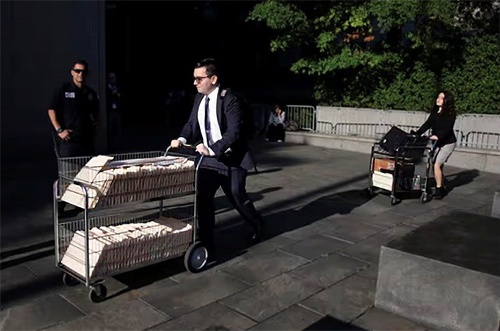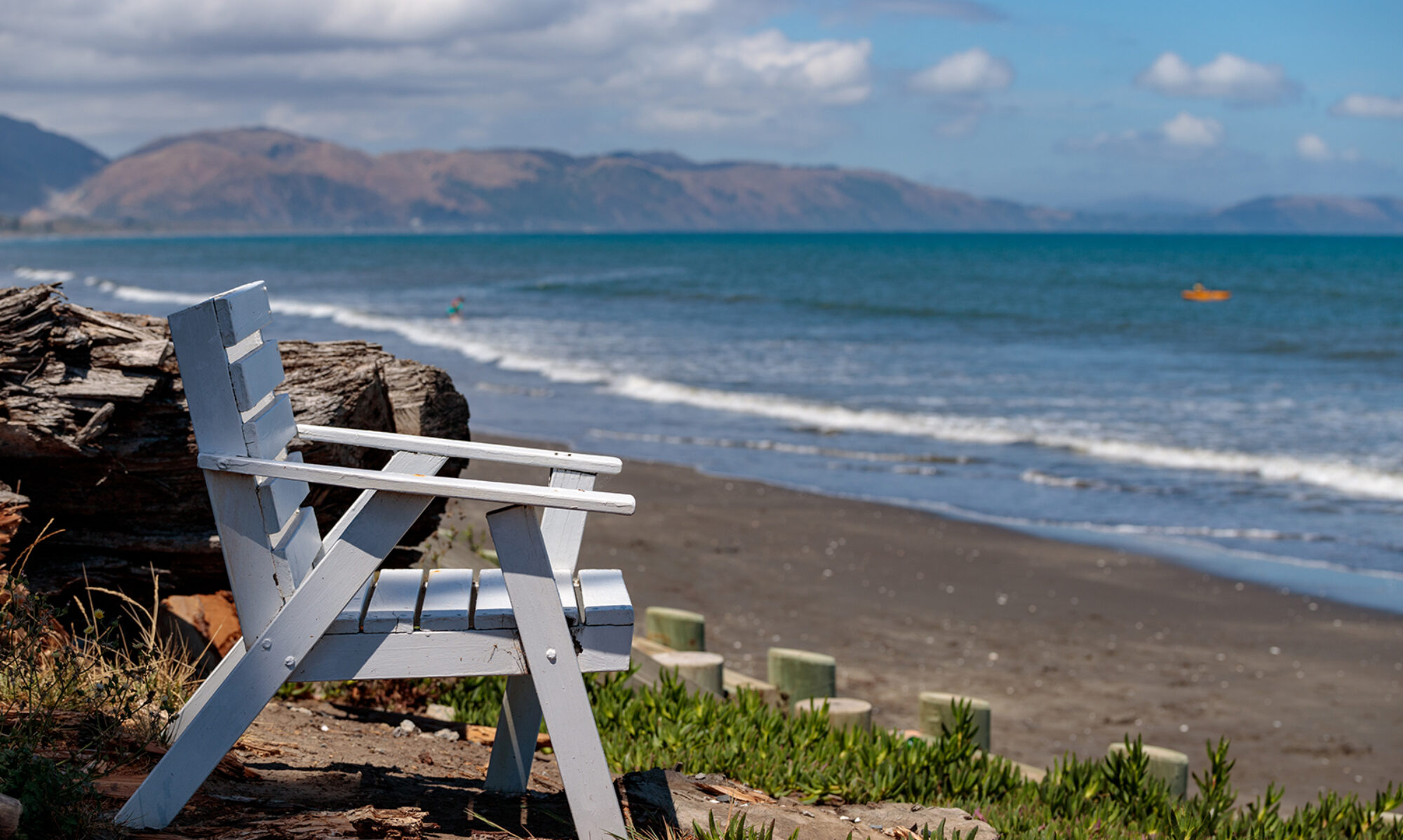
Some 30 years ago, I spent a day in court.
Relax — I was in the visitors’ gallery.
I was sitting in the High Court, watching proceedings as Wellington businessman John Barlow was tried for the murders of father-and-son financiers Eugene and Gene Thomas in 1995. I was amazed at the amount of paper each legal team had in front of them.
On the tables of both the prosecution and the defence was an accumulated pile of paper. Some papers were stored in what was known as a WS lever-arch file, with little coloured tabs directing the user to the appropriate section. More papers were simply stacked on top of each other. Others were kept in archive boxes under the table.
A significant amount of time was spent finding the correct page, indicating it to the judge, a court official locating and presenting it, and, on occasion, if the page involved a photograph, distributing copies to members of the jury.
Today’s trial lawyers can even purchase a bespoke trolley bag, made from waterproof leather. These go by the fancy name of “wheeled litigation bags.”
Obviously, few, if any, had taken the time to read the Gospel we have today (Lk 21:5–19). We hear Jesus saying, “So, make up your minds not to prepare your defence in advance; for I will give you words and a wisdom that none of your opponents will be able to withstand or contradict” (vv. 14–16).
Imagine being a trial lawyer and arriving in court empty-handed!
Perhaps, when on trial for my/our faith, it is not my words so much as my person that is the irrefutable evidence.
The image shows a lawyer wheeling files into a courthouse for the fraud trial of Sam Bankman-Fried, founder of the FTX cryptocurrency exchange. Bankman-Fried was found guilty on 2 November 2023.

